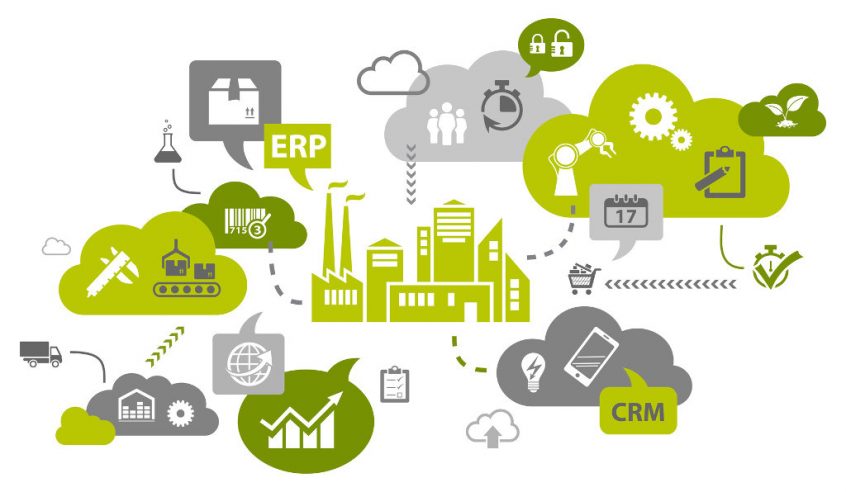Share this Post
Mention Enterprise Resource Planning (ERP), or type it into a search engine, and you’ll likely be met with pages of well-crafted discourse exploring the virtues of desktop and cloud-based business software solutions of all kinds.
But in a „chicken or egg“ context („Which came first, the software or the ERP?“), the argument comes down firmly on the side of the latter.
ERP is first and foremost a process – one which software and technology were created to streamline and facilitate. And if you don’t understand and structure the underlying process correctly, then the issue of software becomes largely academic.
ERP Basics
Let’s say you run a fleet of luxury and novelty vehicles for hire to high-paying clients, on a chauffeured or „You drive it“ basis. Planning for your enterprise resources might take in aspects such as:
And so on.
The Case For Automation
As you can see from the notional example above, running an enterprise requires input and output from various streams – both internal and external. And the people and processes that handle each stream can have their work cut out for them, in keeping everything running in line with the organisation’s objectives. To say nothing of the fact that the various streams or business processes have to interact with each other in a profitable and efficient manner.
Making sure that everyone in every stream knows exactly what they’re supposed to do – and how and when to do it – is the kind of organisational nightmare that requires advance thought, a flexible and developed strategic approach, and several pairs of hands. Or the equivalent of all that – which is where technology and software can come into the equation.
As far back as the 1960s, software engineers in the manufacturing industry developed applications for status reporting, inventory monitoring, and the reconciliation of balances. These were the roots of the technology underlying what came to be known as Enterprise Resource Management software, in the 1990s, which expanded beyond inventory and operational processes to include back-office functions like Human Resources and accounting.
Since then, there’s been an explosion in the market for custom-tailored, off-the-shelf, and open source ERP solutions catering for businesses of all sizes, and in every known industry.
The Realities Of Implementation
But having a tool-kit doesn’t make you an engineer. The technology press is filled with nightmare stories about companies that spent thousands or even millions on complex ERP solutions – only to have them prove ineffective or even detrimental to the business.
The simple truth of the matter is that Enterprise Resource Planning takes planning. And if you enter into the technology side of the process without preparing the ground, no amount of software in the world can help you.
Before even considering buying into a particular software solution, it’s necessary to establish precisely what enterprise resources and business processes you have to manage. Who’s responsible for doing what? How effectively are they doing their work at present? What tools and resources would they require to be able to do their jobs (or manage their processes) in an optimal manner? Which other departments must they interact with – and how can this interaction be best accomplished and managed? And the list goes on.
The Need For Consultation
Consultation and the interchange of ideas are required both within the enterprise, and with any external or third parties having a stake in the Enterprise Resource Planning process. These third parties would include the developers, software vendors, or software providers supplying the ERP solution.
There’s quite a bit of complexity and a lot of ergonomic, logistic, and Human Resource planning involved (data handling, data migration, hardware, network infrastructure, training, etc.) – which emphasises the need for your ERP solution provider to be more of a trusted partner in the process than simply a purveyor of goods.
This last point also illustrates why cloud-based, hosted, and online methods of software and technical support delivery are so prominent in the ERP solutions market of today.
About That Software…
Finally, it may be beneficial to turn the logic on its head a little, and ask yourself why it is that your business needs an Enterprise Resource Planning solution of some kind. Key indicators pointing to this need might include:
If issues like these are plaguing your enterprise, then Enterprise Resource Planning processes and ERP software may likely be a good fit.
Share this Post


